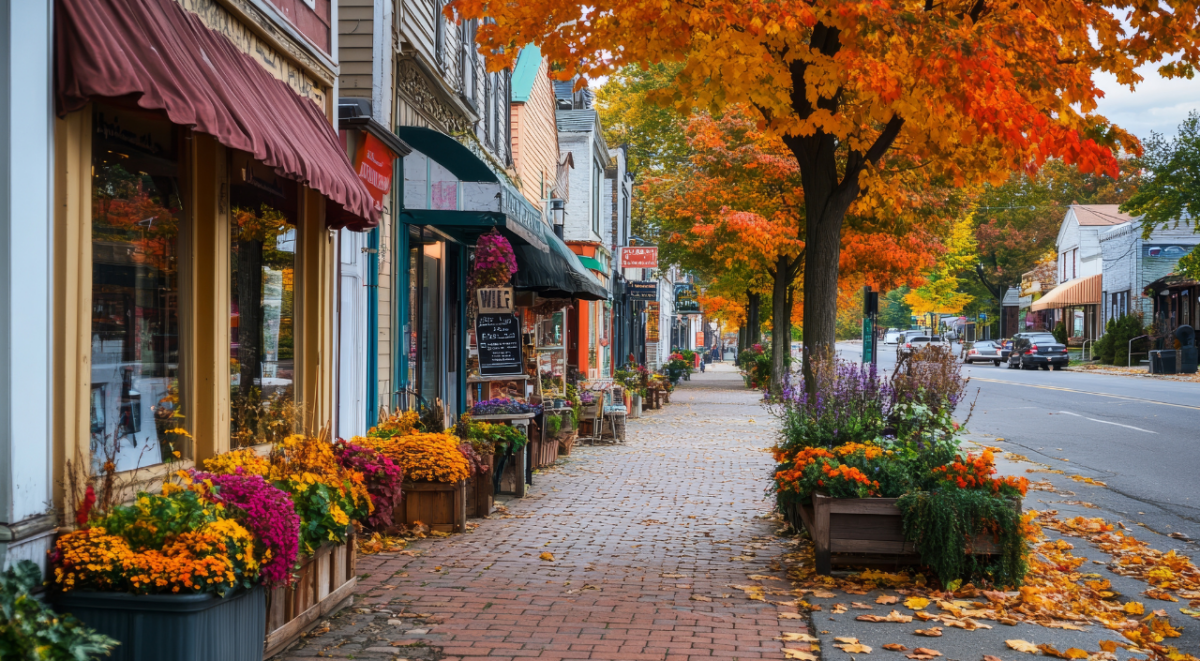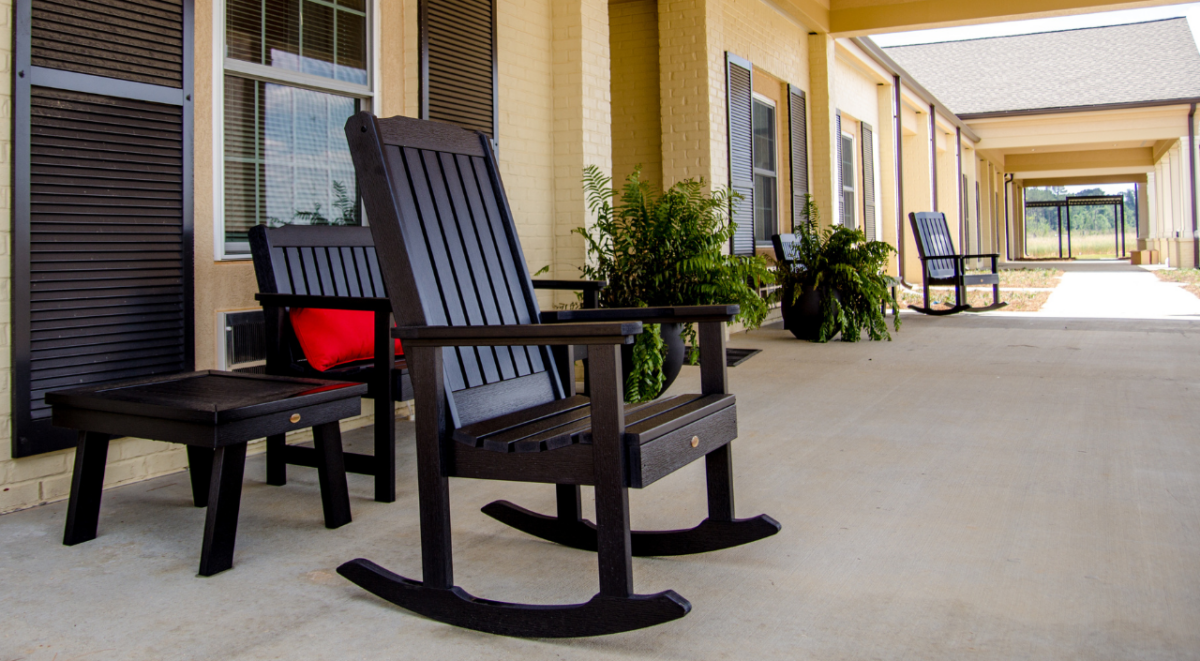In the United States, rural healthcare services face a variety of challenges, from limited access to healthcare facilities to insufficient funding. These challenges are magnified because rural communities are typically the areas where the need for quality healthcare is the greatest. Fortunately, there are resources available to help rural communities improve their healthcare services. One of these is the U.S. Department of Agriculture’s (USDA) Rural Development Community Facilities Loan Program.
The USDA Community Facilities (USDA CF) Loan Program provides affordable financing to rural communities to build or improve essential community facilities such as hospitals, schools, and public safety buildings. The government-guaranteed program is designed to help rural communities meet their infrastructure needs and improve the quality of life for residents.
Through the Rural Development Guarantee Loan initiative, the USDA works with private lenders to guarantee portions of commercial loans. The USDA’s backing makes it possible for the lender to provide a more affordable financing option. Community Facilities loans are available to public bodies, nonprofit organizations, and federally recognized tribes to build, expand, or improve facilities and services for healthcare, education, public safety, and public services.
Major Benefits of the USDA Community Facilities Loan Program
One of the major benefits of the USDA Community Facilities Loan Program is its competitive interest rates, which are tied to the Wall Street Journal Prime Rate +1-3%. Rates can be fixed or variable. Loan amounts range from $2 million to $100 million, which includes both the guaranteed and unguaranteed portions of the loan, as well as the balance of any pre-existing Community Facility Guaranteed Loans and the new loan request. Terms can extend up to 40 years depending upon funding use, making repayment manageable for borrowers.
Another key benefit of the program is the flexibility it offers. Funds can be used for a wide range of purposes, including construction, renovation, and equipment purchases. Loans also can be used to refinance existing debt, which can help borrowers reduce their debt payments and improve their financial stability.
Eligibility Requirements for USDA Community Facilities Loans
To be eligible for a USDA CF Loan, the project must be located in a rural area with a population of 50,000 or less. Additionally, borrowers must demonstrate that they have the financial capacity to repay the loan. Like many USDA loans, Community Facilities are collateral-backed loans for credit-worthy rural borrowers. Collateral must be sufficient to back the amount of the loan request on a 1:1 basis with collateral discounted consistently in accordance with sound loan-to-value practices.
Examples of How USDA Community Facility Funds Can Be Used
USDA CF Loans can be used to construct, enlarge, extend, or otherwise improve essential community facilities. Essential community facilities can include fire, rescue, and other public safety facilities and services; educational and cultural facilities; transportation facilities; utilities; community parks and activity centers; and much more. But what may be most exciting of all is how the program can be used for a variety of purposes related to healthcare services.
Here are four examples of how funds can be used to improve rural healthcare services:
Hospitals
Hospitals are a critical component of healthcare infrastructure in rural communities. However, many rural hospitals struggle to stay open due to financial constraints. The USDA Community Facilities Loan Program can help hospitals obtain funding to upgrade equipment, renovate facilities, and expand services. For example, funds can be used to purchase new medical equipment, such as imaging machines, or to build a new wing for the hospital.
Senior Housing and Assisted Living Facilities
As the rural population ages, there is a growing need for senior housing and assisted living facilities. USDA CF Loans can be used to build or renovate these facilities, making it easier for seniors to access the care they need. Funds also can be used to install elevators, add wheelchair ramps, and make other modifications that improve accessibility for seniors.
Mental Health Facilities
Access to mental healthcare services is often limited in rural communities. USDA Community Facilities Loans can be used to build or expand mental health facilities, including clinics, counseling centers, and inpatient facilities. Funds can be used to hire mental healthcare professionals, purchase equipment, and renovate existing facilities to improve the quality of care provided.
Telemedicine Facilities
Telemedicine is a rapidly growing field that allows healthcare providers to deliver care remotely, using technology such as video conferencing and remote monitoring. The USDA-backed loan program can be used to build or upgrade telemedicine facilities, making it easier for rural communities to access specialized medical care. Funds can be used to purchase telemedicine equipment and software, as well as to build or renovate facilities to support telemedicine services.
Improving Healthcare Services in Rural America
Improving rural healthcare services is a critical priority for communities across the United States. By providing affordable financing for essential community facilities, the USDA CF program helps rural communities build and improve the infrastructure needed to provide quality healthcare.
North Avenue Capital (NAC) works closely with the USDA to provide Community Facilities Loans for those planning healthcare and other kinds of projects across the U.S. NAC recently funded $50 million in loans for the Thomasville Regional Hospital campus in Thomasville, Alabama, and we can do the same for your organization, provided you meet all eligibility requirements.
NAC has offices in Florida, Arkansas, Georgia, Tennessee, and Texas, and partners for USDA loans in all 50 states. We are committed to excellence in every aspect of the debt-financing process with a focus on partnership, communication, and execution. Contact us to speak with a loan representative who can answer any questions you might have and help walk you through the application process.


